YOU CAN NOW LISTEN TO AN AUDIO ONLY VERSION OF THE CALL

enhancing learning and teaching with digital
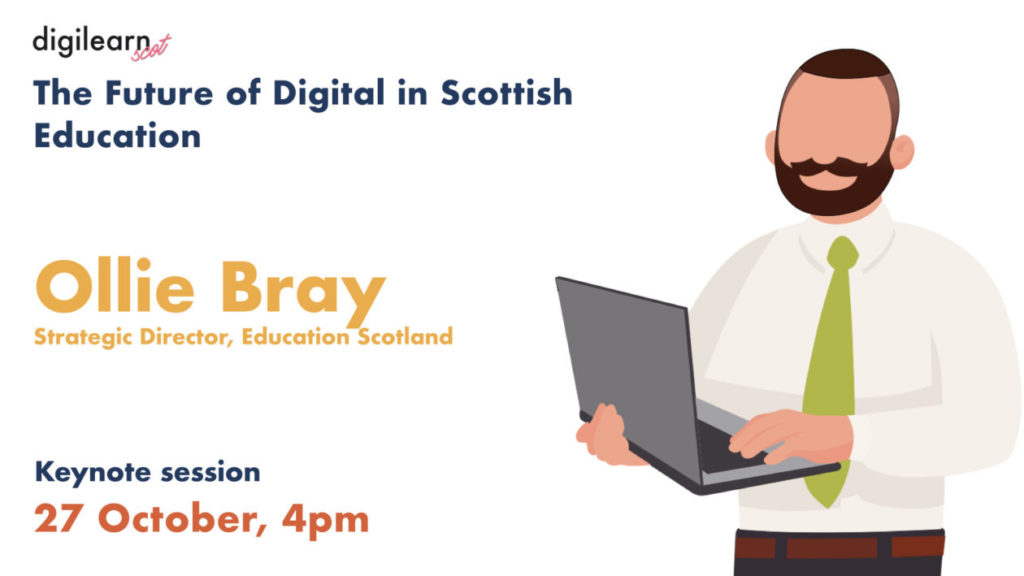
YOU CAN NOW LISTEN TO AN AUDIO ONLY VERSION OF THE CALL

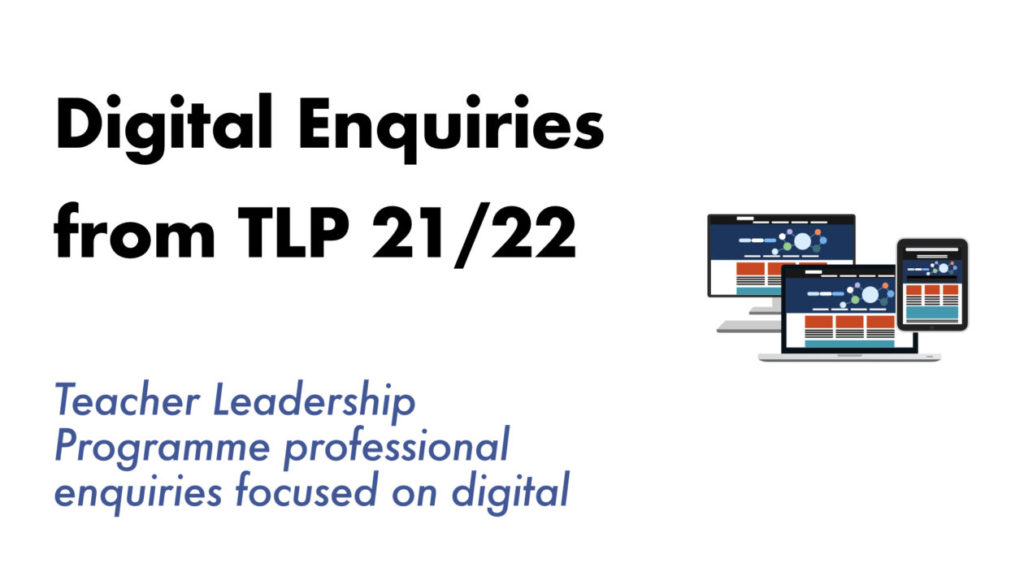
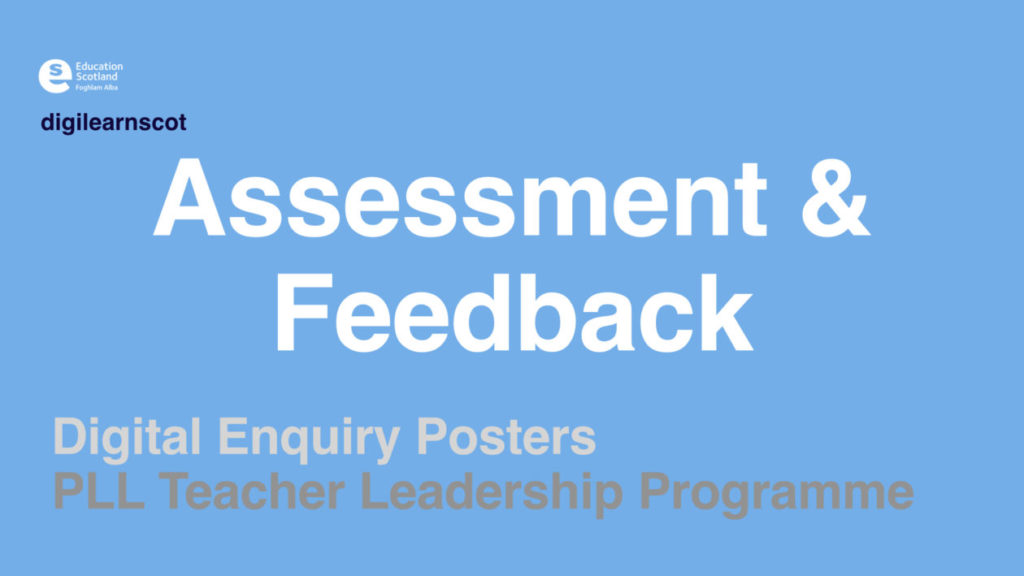
These posts have been selected from the PLL TLP as they focus on assessment, feedback and tracking. You can view the original images on the TLP flickr site by clicking on them. All credit to the post authors.
Interested in participating in the PLL Teacher Leader Programme?
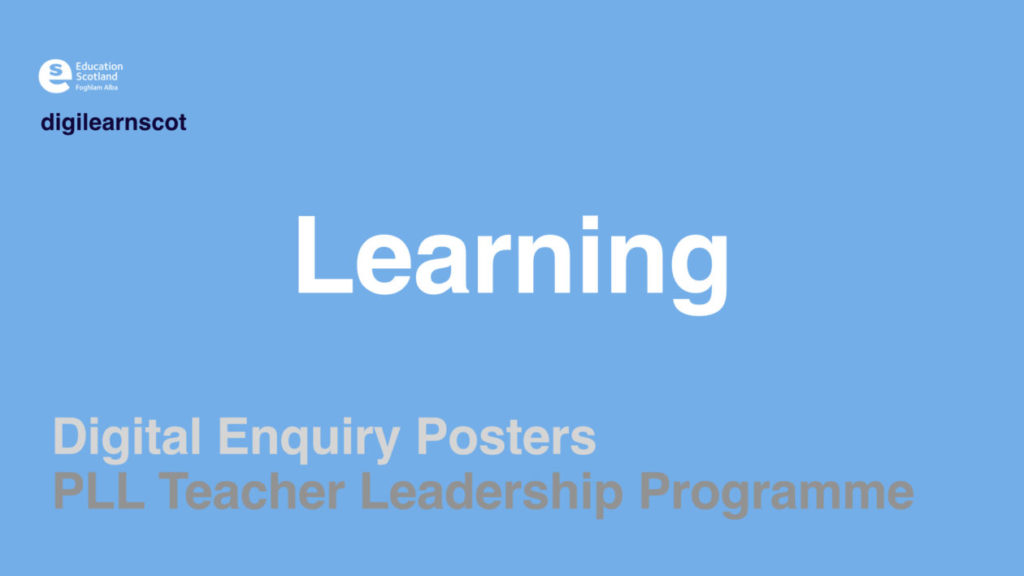
These posts have been selected from the PLL TLP as they focus on learners, learning and engagement. You can view the original images on the TLP flickr site by clicking on them. All credit to the post authors.
Interested in participating in the PLL Teacher Leader Programme?
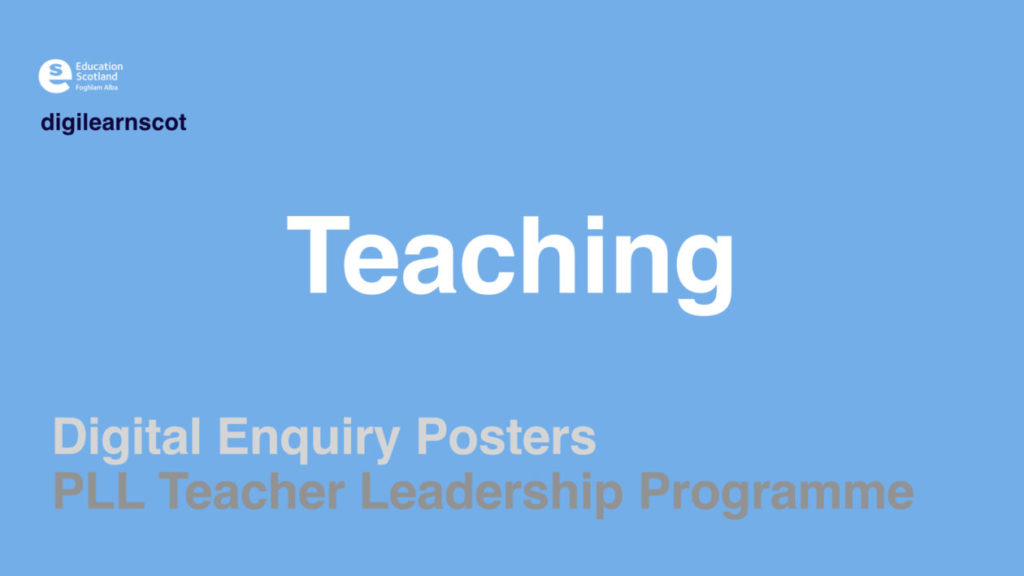
These posts have been selected from the PLL TLP as they focus on teacher knowledge and skills (pedagogy). You can view the original images on the TLP flickr site by clicking on them. All credit to the post authors.
Interested in participating in the PLL Teacher Leader Programme?
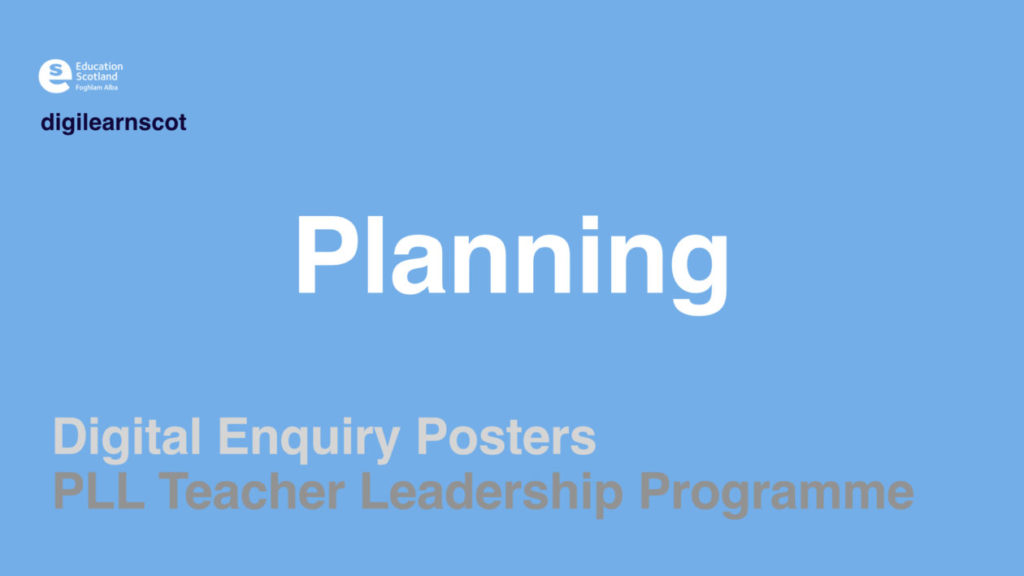
These posts have been selected from the PLL TLP as they focus on planning, device/platform provision and family engagement. You can view the original images on the TLP flickr site by clicking on them. All credit to the post authors.
Interested in participating in the PLL Teacher Leader Programme?
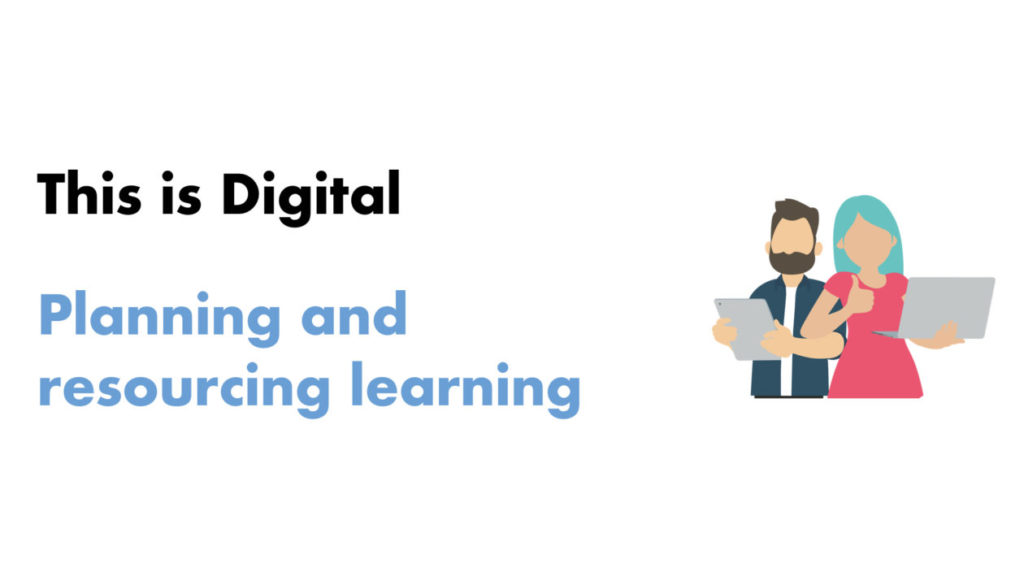
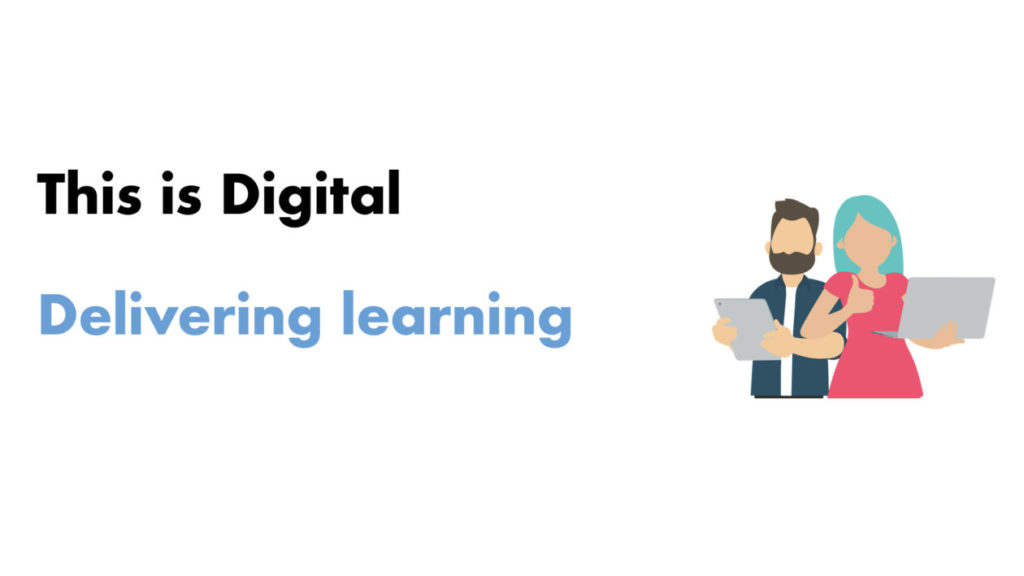
Digital platforms make it easier to share instructions, content (such as videos), and activities with learners – complementing, or even replacing, existing paper-based systems, such as jotters and worksheets. Using digital platforms for learning enable us to create video tutorials that can be viewed by learners before attending lessons, allowing them to start with prior knowledge, and also to revisit any ideas they were unclear about, at a later time.
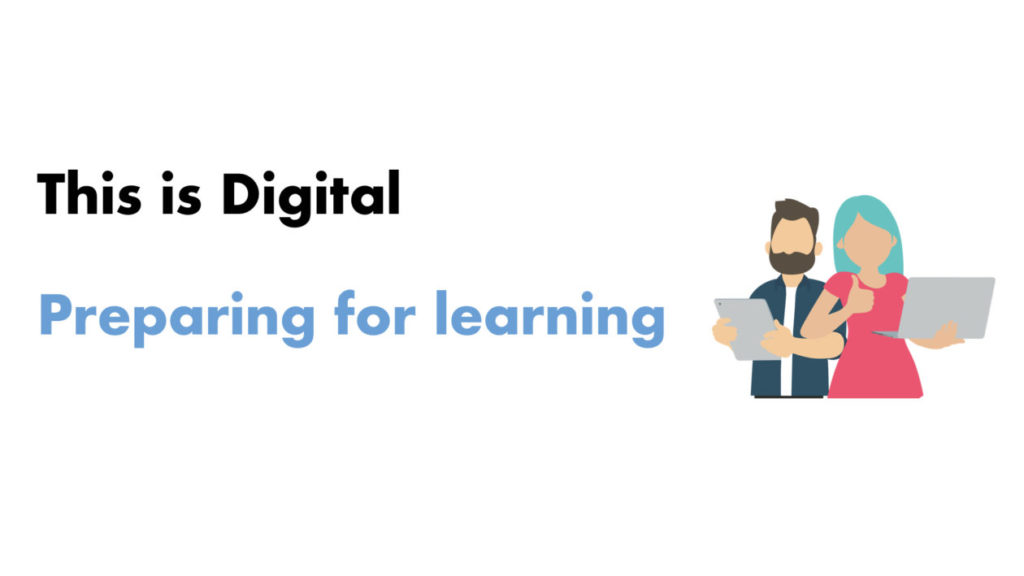
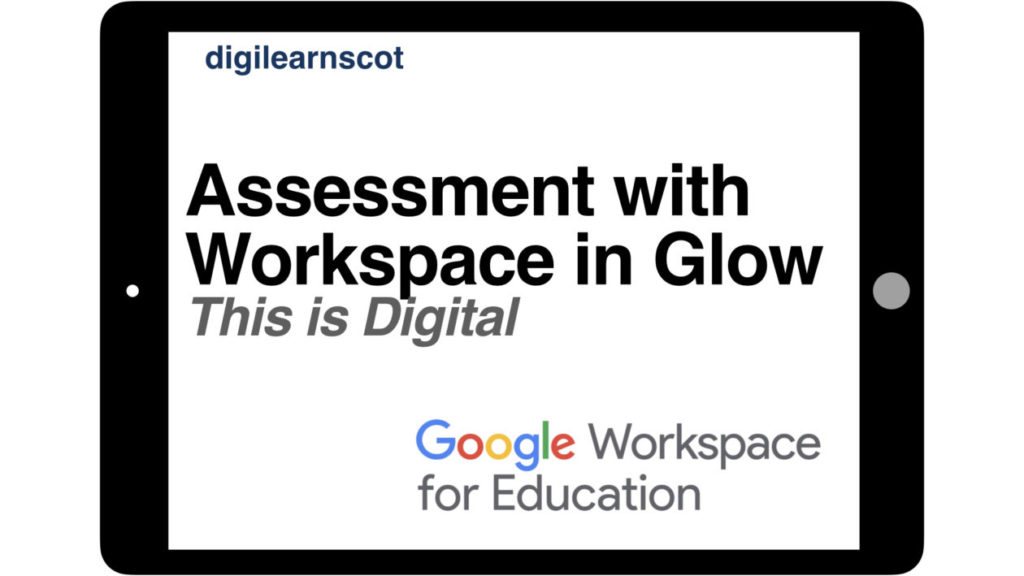
Google Forms allows you to create quizzes to check knowledge and understanding of learners, including options for marking and feedback.
You must be logged in to post a comment.